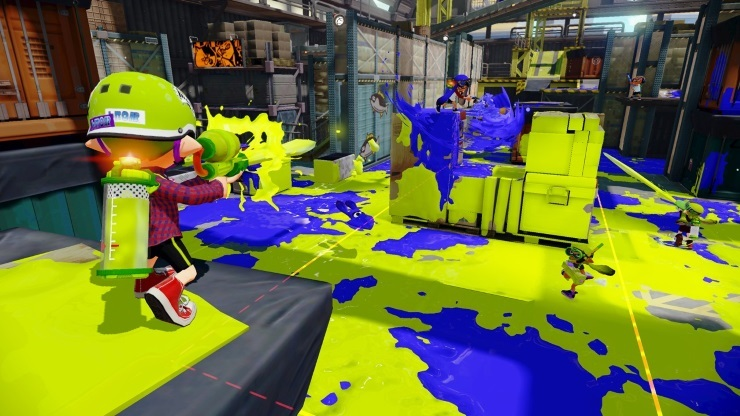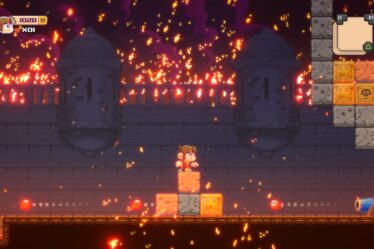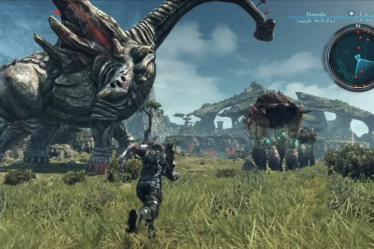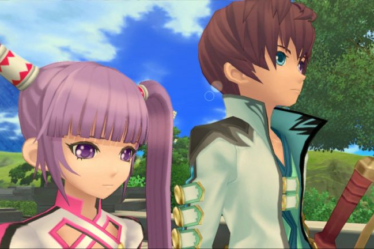
This article was originally published in Italian on GeekGamer.it in 2015.
Today, with a guilty delay, we talk to you about Splatoon, the gamble launched by Nintendo Japan, the brainchild of a young team of developers supervised by the eternal dreamer, Shigeru Miyamoto. We use the term “gamble” for a reason, as the game in question doesn’t exactly fit into the typical Nintendo-made video game mold. To put it simply, it’s almost like a small experiment that carries the weight of all Wii U users’ expectations, long waiting for an online title to complement Super Smash Bros. and Mario Kart 8.
In truth, it would be a shame to limit the discussion of Splatoon to just being a shooter, as the gameplay mechanics and its underlying concept ensure that anyone approaching the game in that way will inevitably face the sad fate of defeat. What’s the innovation that makes this Nintendo title so distinctive and original? Well, let’s find out together!
The gameplay concept is very simple: as a stylish humanoid squid, the player’s task is to thwart an ancient threat with ink blasts. You move, in essence, like in a classic Nintendo 3D platformer, but the presence of firearms and a high dose of action bring the gameplay closer to that of the classic Ratchet & Clank series by Insomniac Games.
There are about thirty levels to tackle, featuring floating platform sections, surfaces to reveal by spraying ink, brief encounters with humanoid enemies, and lots of healthy exploration in search of hidden scrolls within each stage. At the end of each area, you face the classic “three hits and you’re done” boss, with situations that feel familiar and more or less obvious connections to the Super Mario Bros. series’ roster of enemies.
Unfortunately, the story mode, evidently meant for solitary players, only offers a brief taste of the tactical depth of the gameplay, and while it’s supported by excellent level design, it should be considered merely an introduction to what is, fundamentally, the real core of the product: online battles.
At the start of the game, you’re immediately thrown into a small metropolitan hub where the traits of modern, fashionable Japan are reworked and translated into a miniaturized version of Shibuya, where small humanoid squids strut their stuff in stylish outfits, ready to jump into action in the ink battles. These battles are the main online gameplay mode, where two teams of four players face off in a fight to the last drop of ink. Nintendo’s brilliant idea was to cater to FPS and TPS multiplayer fans by arming the squid protagonists with pistols and rifles, then throwing them into arenas where the real goal isn’t to win by splatting as many enemies as possible (the Nintendo slang for defeating opponents), but to cover the most ground with ink. Of course, being a formidable splatterer is definitely helpful, and it reduces the effectiveness of opponents’ ink-spitting attacks, but the primary goal in every match remains the same.
Naturally, special abilities and different types of weapons play their role in making each battle a true challenge, where you get dirty with ink and learn from your mistakes, especially given the brevity that characterizes each game session. At the end of each challenge, marked by a countdown, players are rewarded with money and experience points. As you’d expect, these accumulate to level up your player rank and unlock new weapons and features to showcase in online arenas. The frantic action, rapid pace, and over-the-top style make each online battle often feel like a cycle of “just one more round, then I’m done.”
The outfit worn by your humanoid squid isn’t just an aesthetic detail, but a combination of various pieces that have their own unique traits, which can be improved by accumulating victories on the battlefield. It’s not just about style, but also about strategy and a quick trigger finger. Fortunately, the online battles in Splatoon work really well, compensating for the forgettable single-player mode, which was evidently added to satisfy Nintendo’s long-time fans who are emotionally attached to solo gameplay. Speaking of local game modes, at the moment you can challenge another player locally in a 1v1 match using a classic controller paired with a Wiimote.
Online or not, the product that arrived at the end of May is to be understood as a solid foundation, upon which content will be added in the coming months for free. For several reasons, the current version of Splatoon can be seen as a sort of early access game, much like the many titles sold digitally on Steam. The short single-player campaign can be expanded with Amiibo figures tied to the game, but at the moment, players can only dive into exciting online battles with 4v4 teams and, locally, 1v1 matches. Ranked matches, arenas, weapons, modes, and more will be introduced in the coming weeks, making the new IP from Kyoto, as mentioned in the opening, a gamble. Will Nintendo succeed in attracting online shooter arena fans with this new venture? Will it be able to please everyone? What we can say is that, despite its (current) limits, Splatoon is one of the freshest titles in the contemporary gaming landscape.
It might also be thanks to the graphics style, deliberately cartoonish, which blends influences and Japanese culture with a fresh, aggressive design that resonates with the aesthetics of the new generation of U.S.-made cartoons. This unique blend of styles comes to life through a graphics engine that brings every ink-filled battle to vibrant, crisp 1080p with a rock-solid frame rate locked at 60 FPS. Strangely, the navigation in the city hub is limited to 30 FPS, but aside from the curiosity to watch other players’ avatars parade through the area, it’s never vital to spend more than a few seconds there. The level design of the arenas, as well as that of the single-player campaign levels (which may remind you a bit too much of the atmospheres of the latest 3D Super Mario games like Galaxy and 3D World), is cleverly structured and offers various tactical approaches, especially if you decide to switch weapons between matches. Verticality, quick descents, grates to slip through—nothing is left to chance, and as we’ve come to expect from Nintendo, every single world you leap through, from one ink splat to the next, lives up to the high standards of the Super Mario Bros. series. This might scare hardcore players attached to realistic, grim atmospheres or franchises like Call of Duty or Halo, but that’s meant as a genuine compliment and an invitation to experience what we used to call the “Nintendo Difference” on GameCube years ago. The animation and polygon models of the protagonists are made in line with the carefree narrative universe where the humanoid squids move, and they perfectly capture the mood expressed in every piece of artwork and concept art. The standout feature remains the high level of customization for your avatar, with a vast catalog of accessories, clothing, and shoes to choose from, though you’ll have to consider the gameplay advantages that each item grants to your character. Is it better to be stylish or victorious?
Perhaps the answer lies in being able to be both stylish AND victorious, don’t you think?
In the coming months, we’ll see if Nintendo has managed to establish Splatoon as a successful new IP to add to its portfolio of modern classics. We can only invite you to meet us in the game arenas and recommend keeping an eye on Wii U prices at major retailers—you might soon want one just to start having fun like we do! If you already own the little Japanese gem, our advice is to wait a few weeks for the first updates and jump into the fray with us. Just be careful not to get splatted with the first shot!


